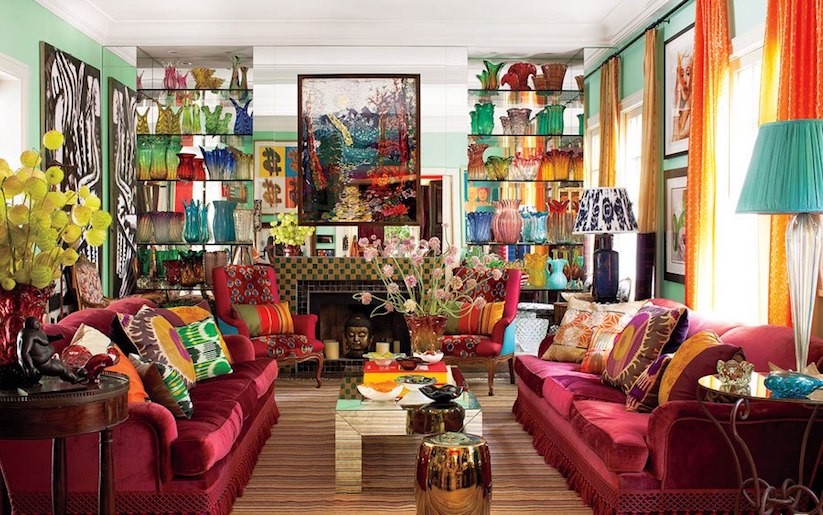
Maximalism can be defined as the aesthetics of excess. It is an expression belonging or relating to a style in design, art, etc., that uses the largest range of materials and colors possible and very complicated shapes of forms. According to Wikipedia, maximalism in the arts is “a reaction against minimalism… an aesthetic of excess and redundancy.”
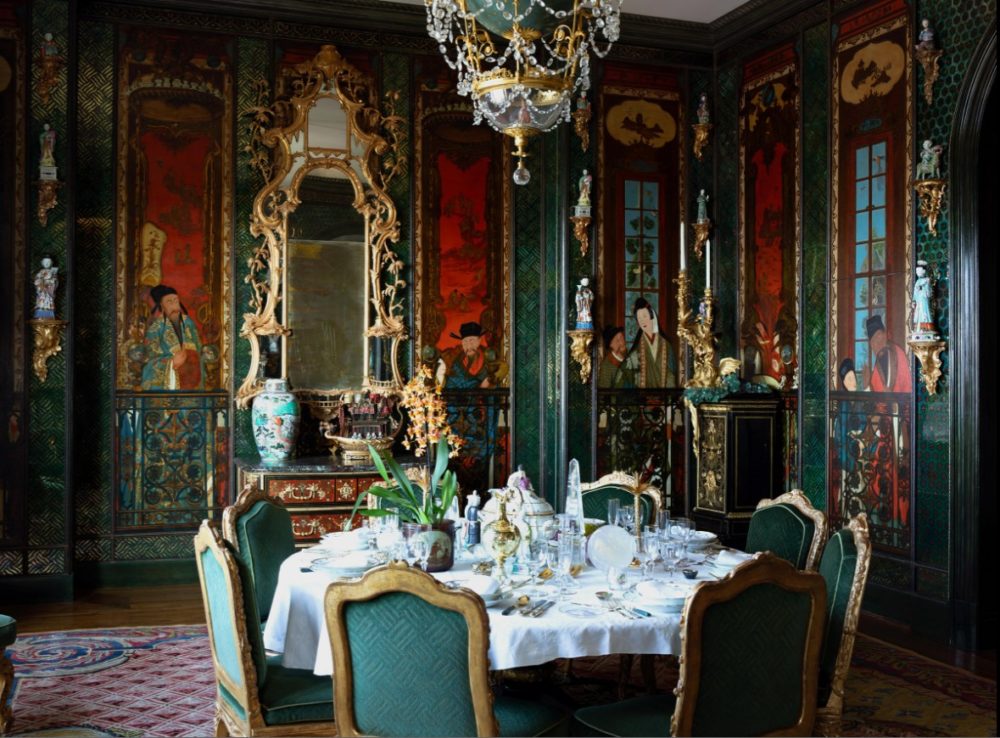
The beginning of maximalism is hard to detect as it seemed to have existed in many forms and styles. Earlier incarnations had wealthy individuals displaying artwork and other goods considered expensive or exotic in some private museums to show off to visitors. The maximalist style became accessible to the general public during the Victorian era, as mass-produced goods became more affordable and easier to obtain. Consumerism played a crucial role in the evolution of maximalism. The upper middle class used maximalism as an aesthetically pleasing sign to let others know they had disposable income to spend.
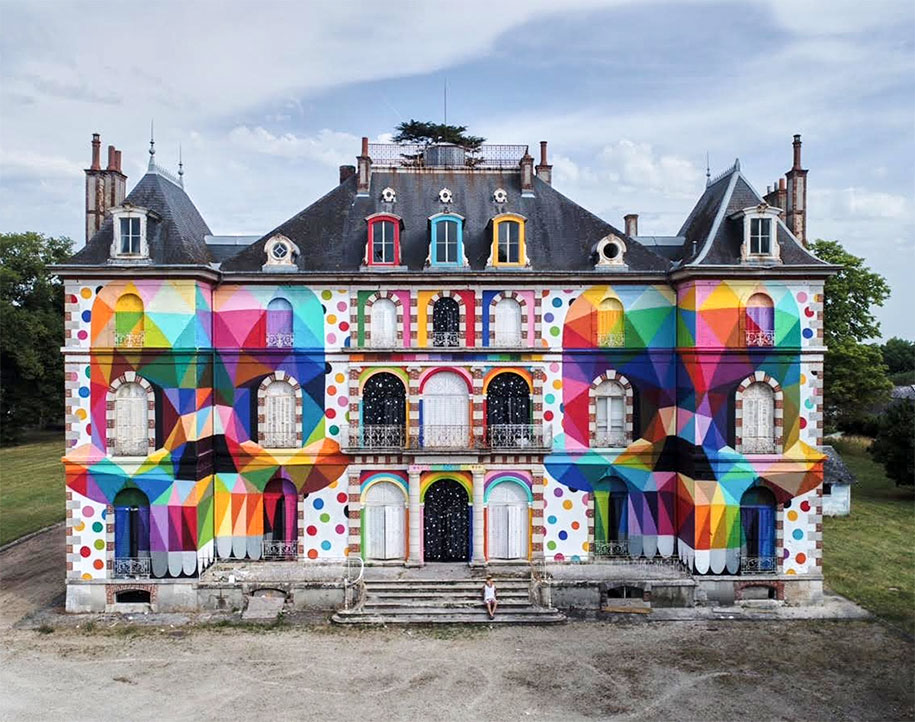
Today’s maximalism may have the same objective as the past incarnations of showing off, but there’s a twist. Instead of hoarding items to prove you can afford them, modern practitioners use décor and design fundamentals to express personality and values.
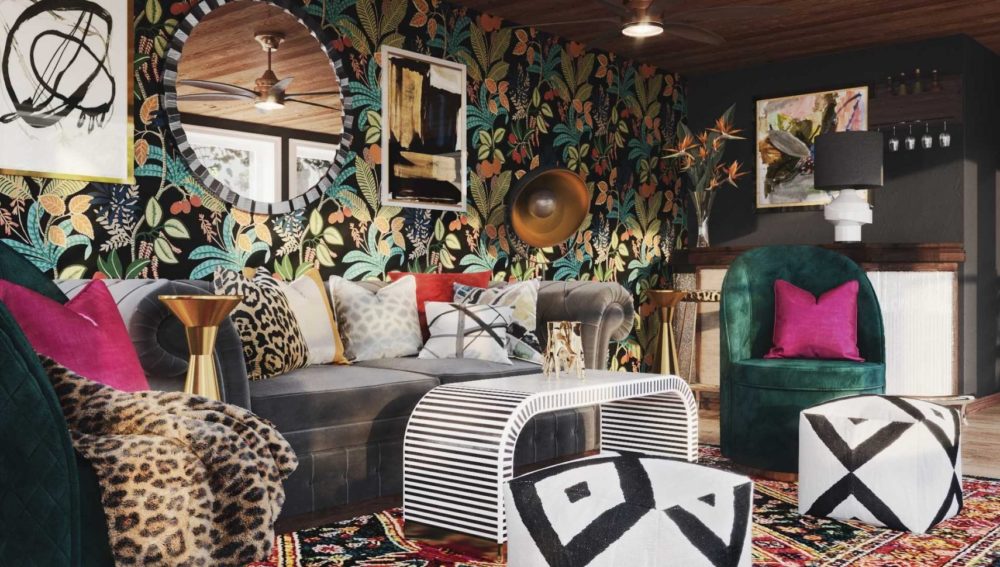
Maximalism breaks through constraints and implores designers to be playful and adventurous in their works. It’s not just about owning excessive pieces of art or decoration. It’s loud, mixed, bold statements. Its highlight characteristics include robust patterns, bold colors, busy spaces, contrasting prints, eclectic decorations, and variety. Maximalism, like art, is great for self-expression and a way to showcase your personality in your space. Maximalism as a trend highlights your own personality and encourages the use of more everything-ones favorites in accessories, fabrics, and colors! Who wouldn’t want to display their own personality and favorite things? Maximalism is appealing because it’s like putting yourself on display, which is something one should be proud of because it’s THEM. This can be very appealing due to its individualistic nature and using the things one already owns and loves.
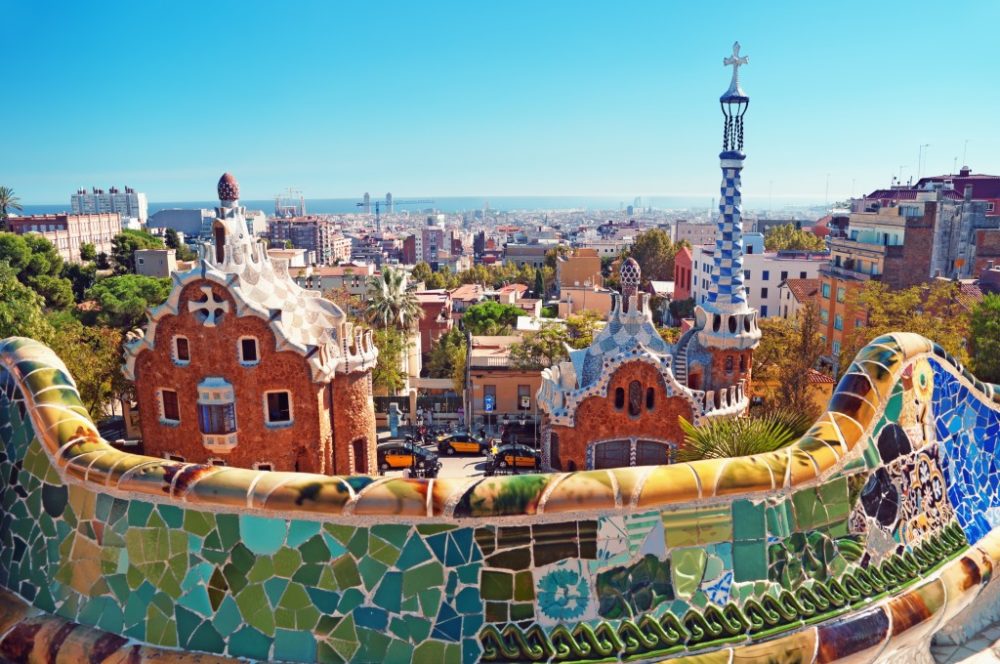
Maximalism can be applied to many areas of everyday life. From things one has to the spaces, one keeps to the way one thinks. One such example is Maximalism Architecture which goes beyond what is essential in a home or a building and strives to be pleasing to the eye. There are lots of angles, exciting designs, built-ins, and abstract lines and things that set them apart from others. These buildings are highly individualized, and homes are quite the opposite of cookie-cutter homes we often see in our surrounding neighborhoods.
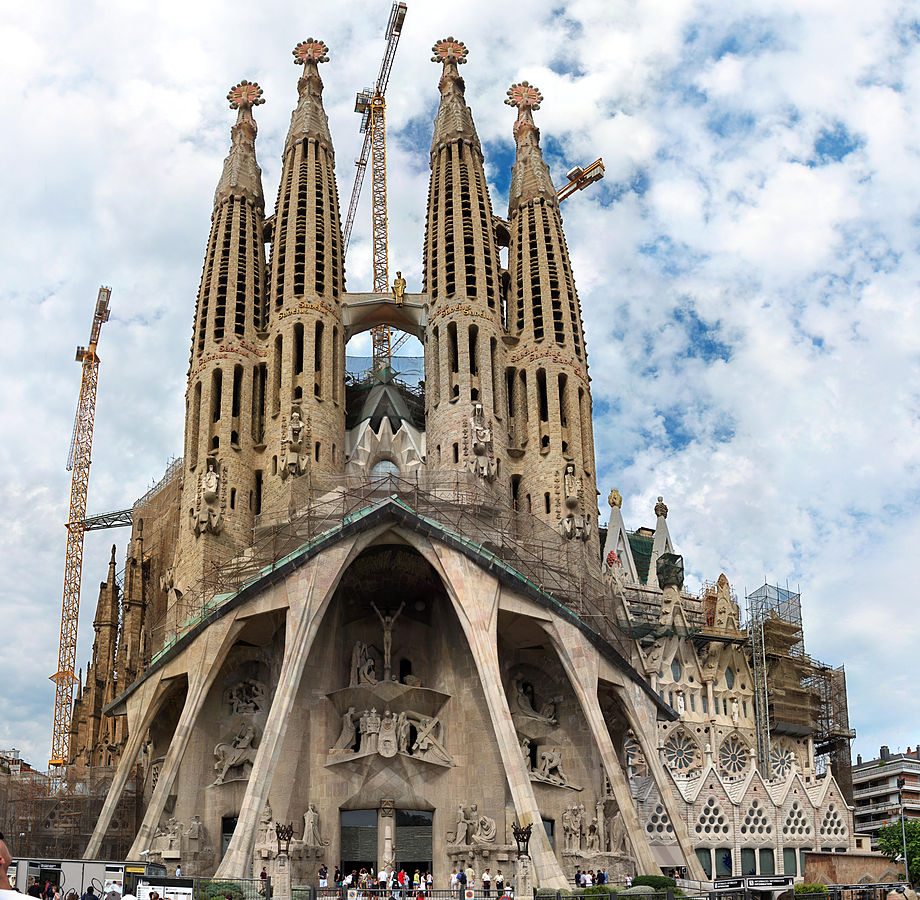
Another such example is Maximalism Décor which is all about truly personalizing the space. Bold colors and patterns, collections of books and collectibles, and eclectic décor that tells a story. There is nothing neutral here. It is accompanied by plenty of art, things that are comfortable and hand-picked.
Photo Credits:
Photo1 (Architectural Digest architecturaldigest.com)
Photo2 (Installation View, the dining room of Ann and Gordon Getty’s San Francisco residence, Featuring artwork from The Ann & Gordon Collection. Photograph © 2022, Yisko Hatfield)
Photo3 (@okudart Instagram page)
Photo4 (https://havenly.com/blog/maximalism-design)
Photo5 (Guell Park Barcelona, Spain, Google.com/image)
Photo6 (Sagrada Familia, Barcelona Spain, Google.com/image)
Featured Image (https://webflow.com/blog/maximalism-web-design Lightning Bolt)

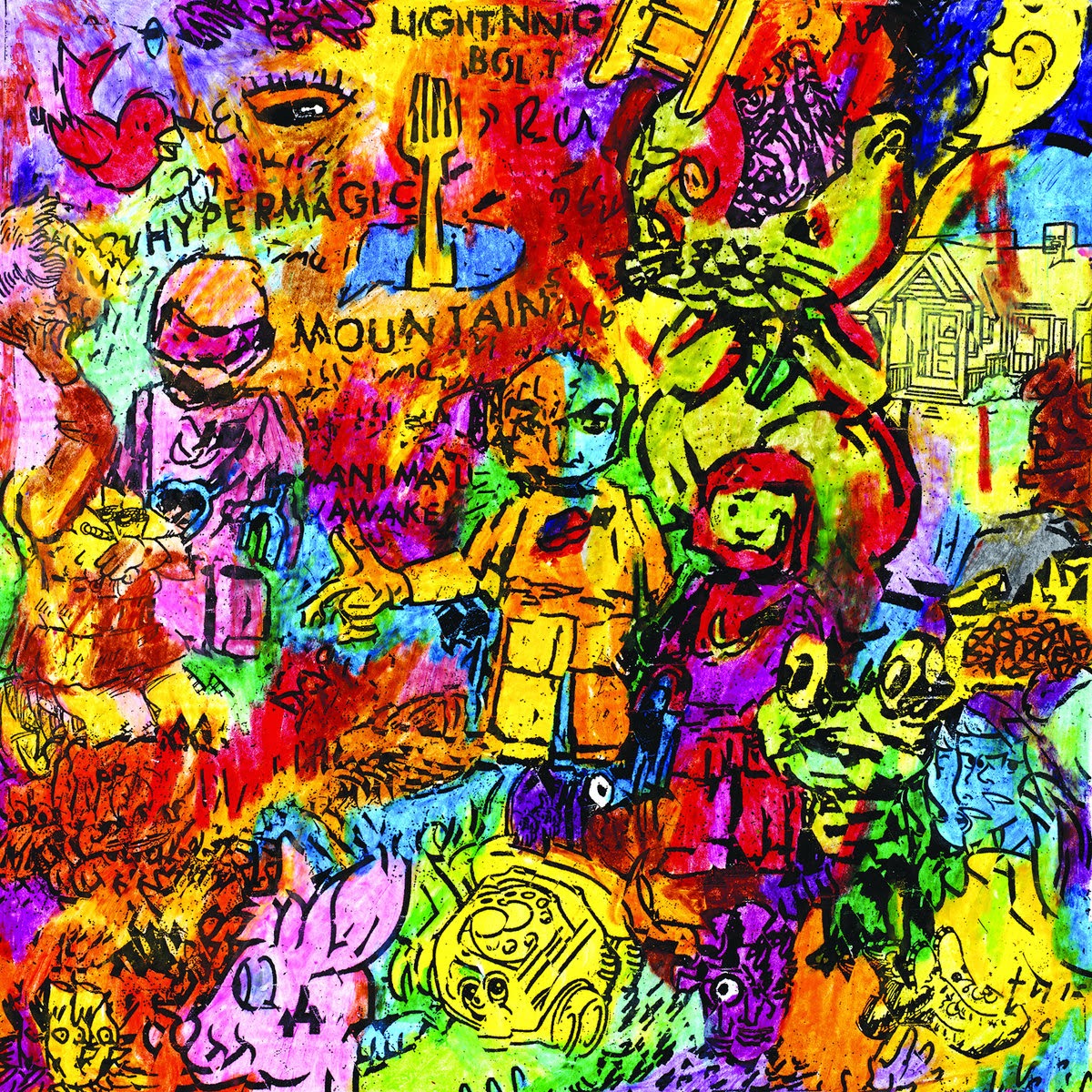
4 Comments. Leave new
A visit to Meow Wolf is a great way to submerge in maximalism. (Post at 7:51)
The pictures you included all express maximalism differently, some with loud colors, others with patterns, and some with both, either hectic or all matching and ordered. I like how Maximalism is really a style of expressing another aesthetic to the max, and wonder what aesthetic you think looks best when maximized?
This was a great summary and introduction to maximalism for me. While I appreciate a more minimalist look in the home setting, I think public areas on building could and do benefit from maximalist aesthetics. I think the last two pictures you displayed are great examples of maximalist aesthetics in public spaces that help break up the mundane and boring aesthetics that are most common in our cities and towns. Do you think our public places should display more maximalist and out there aesthetics, if so, are there any designs or looks you specifically would like to see?
Can you explain how maximalism highlights your personality more than other aesthetics? I can imagine it is different for everyone. Great blog post.